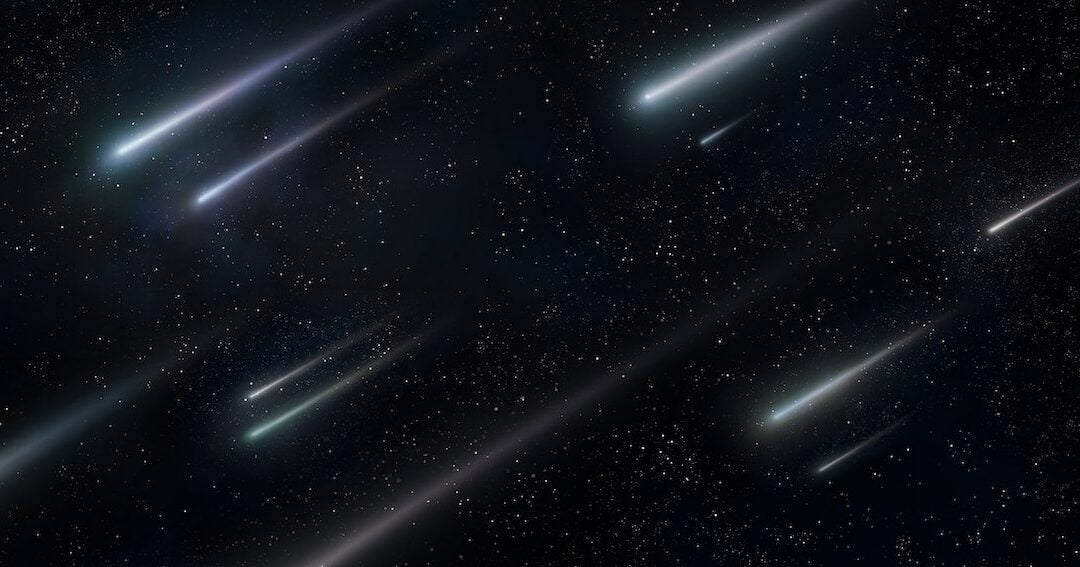When encountering the enchanting spectacle of a celestial starfall during the night, one can’t help but be in awe. It is not every night that we witness such a multitude of shooting stars gracing the sky. However, it is worth noting that abundant starfalls are a seasonal occurrence, while solitary shooting stars are more commonly observed. These stars briefly flash across the cosmic darkness before disappearing into oblivion…
But where do these shooting stars come from? Contrary to popular belief, shooting stars are not stars at all, but rather remnants…
A star cannot actually “fall” as its colossal body is firmly held in place by intricate cosmic mechanics. What we perceive as a luminous trail of its descent is, in reality, a meteor.
A meteor is essentially a trace left behind by minuscule celestial bodies – fragments of asteroids and comets. Such a celestial body itself is referred to as a meteoroid, and in the event that it reaches the Earth’s surface, it is rightly called a meteorite.
Observing meteor showers
Comets and asteroids experience regular impacts, often colliding with other celestial bodies and altering their orbits due to the gravitational pull of massive planets. Additionally, the solar wind exerts a force on these objects, causing small particles to be dislodged from their surfaces.
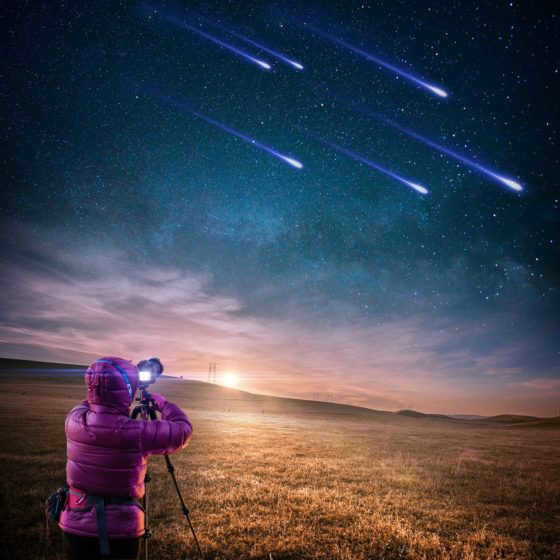
When fragments of comets and asteroids enter the Earth’s atmosphere, they ignite and start to burn. Some of these fragments completely burn up, others are able to escape back into space, while those with a larger mass will fall to the surface of the planet. This burning process creates the illusion of a shooting star.
It is important to note that even small fragments burn very brightly. A good example of this is the Chelyabinsk meteorite that fell recently, which produced a massive flash of light before its descent.
Meteor showers
Meteor showers are a common occurrence in our sky, with meteors often forming streams that appear at specific times of the year. These streams, or meteor showers, are stable groups of meteors that can be seen seasonally. Some of the most well-known meteor showers include the Perseids, which occur in August and are visible from the Perseus side, the Leonids, which occur in November from the Leo side, and the Quadrantids, which occur from the Volopassus side between December 28 and January 7.
Scientists have identified 64 meteor streams that are known to exist, while there are around 300 more that have not yet been confirmed or denied. Meteor showers can be particularly impressive when they produce a high number of meteors, with some showers allowing us to observe around 1,000 meteors per hour.
What is the composition of space travelers?
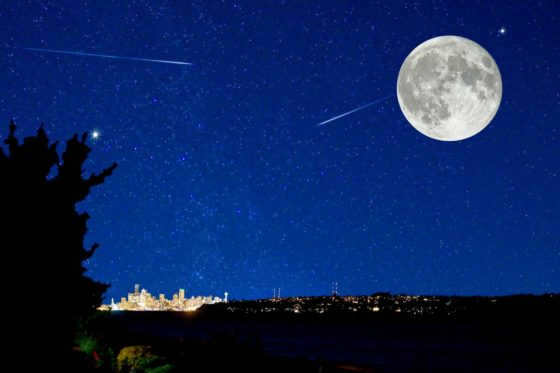
Meteoroids, which form the foundation of meteorites, are composed of the same substances that exist on Earth. However, their combinations and alloys are not found on our planet. Celestial bodies made of iron contain iron with traces of nickel.
Stone fragments are composed of nickel-iron alloys and silicate minerals like olivines and pyroxenes. If you were to cut a piece of a meteorite, you would be able to observe chondrules, which are granular inclusions, along the cut line.
Due to the fact that two-thirds of the Earth is covered in water, meteorites that make it to the surface often land in the oceans. However, scientists are particularly interested in the blocks that have penetrated several hundred meters or even kilometers deep into the Earth’s layers.
Pieces of meteorites are a valuable “commodity”. Authentic fragments can be auctioned off internationally, fetching impressive prices. As a result, locations where meteorites have fallen are constantly being explored by “space diggers” and treasure hunters.
Fallen and Descending Stars
Meteorites, often referred to as “fallen stars,” are abundant. The largest meteorite currently known to science is Goba, measuring 3 meters in diameter and weighing 60 tons. Goba crashed to Earth 80,000 years ago in what is now Namibia.

The Allende meteorite, which fell to Earth in 1969, is the most extensively studied meteorite. It is also the oldest in the solar system, with an estimated age of about 5 billion years.
On the other hand, the Murchison meteorite from Australia is not famous for its size or age, but rather for its remarkable “population” of organic compounds. Scientists have identified 14,000 organic compounds in the meteorite, including 70 amino acids. Despite its relatively young age of 4.65 billion years, it provides compelling evidence for the existence of extraterrestrial life.
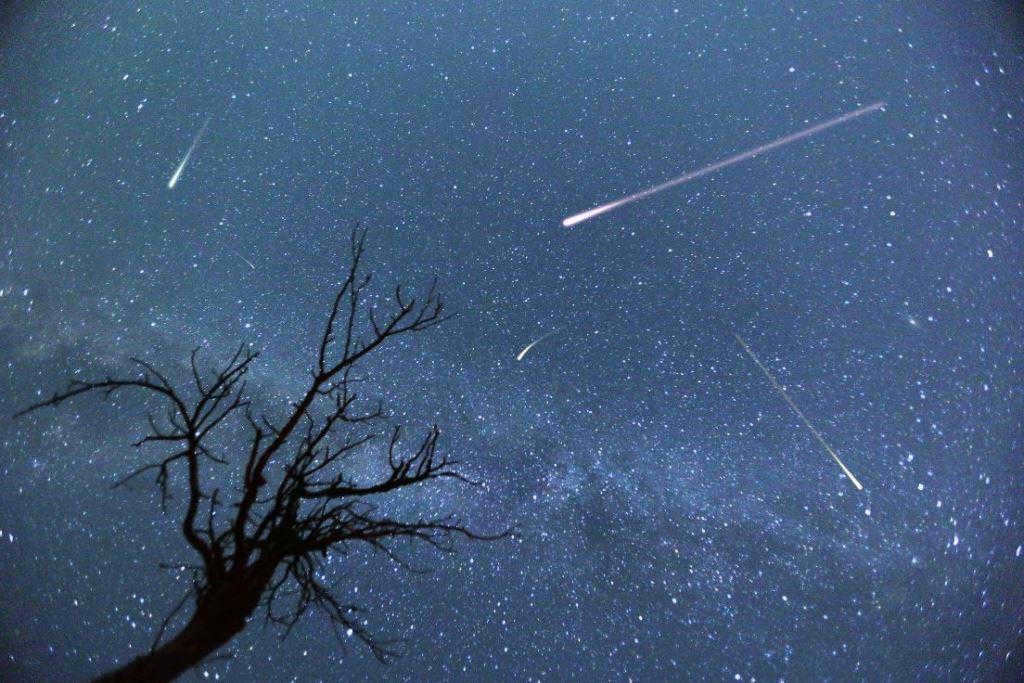

Frequently, we hear about the phenomenon of falling stars, and occasionally, we even have the chance to witness a luminous object traversing the night sky amidst the stars, leaving behind a glowing trail. What exactly is falling and what causes this phenomenon?
It is important to note that the objects we observe are not actually shooting stars. Even the closest star system to us, Alpha Centauri, moves across the sky at an almost imperceptible rate to the human eye, with a movement of no more than 1/60th of a degree. Therefore, the falling stars that we occasionally spot in the sky are simply small celestial bodies that pass by the Earth at close proximity.
Meteorites
The meteor is the primary candidate for the role of a “shooting star.” It is a celestial phenomenon that occurs when small fragments of asteroids or comets, known as meteoric bodies, combust in the Earth’s atmosphere. This combustion is a result of the friction between the fast-moving body and the surrounding atmosphere, which primarily consists of nitrogen, oxygen, and other gases. These bodies can either directly fall to Earth or come close enough to enter the Earth’s atmosphere. In the latter scenario, the body can escape the Earth’s atmosphere and continue its journey, albeit with a loss of mass due to combustion. If the body does not completely burn up and reaches the Earth’s surface, it will be classified as a meteorite. In both cases, we witness the burning process of these bodies in the atmosphere, commonly known as a “shooting star.”
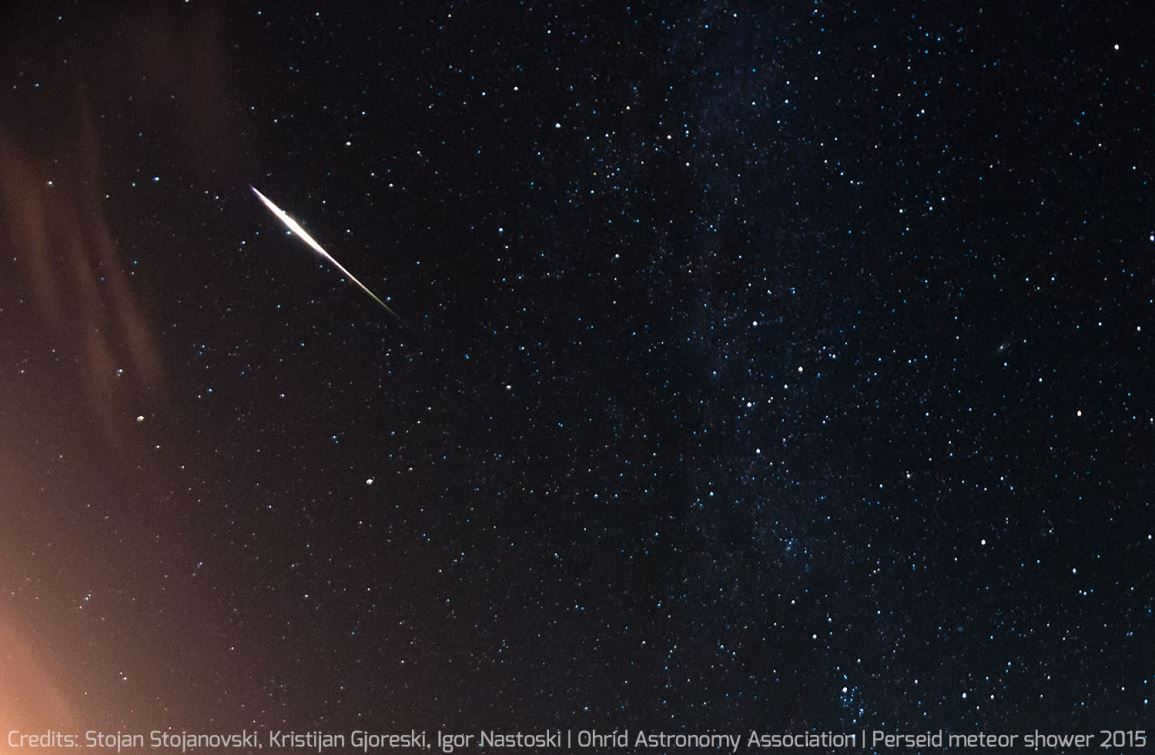
A meteor from the Perseid meteor shower
Streams of meteors
It is important to mention that there are instances of meteors being observed, which may be caused by the combustion of not only a single passing space object, but also entire groups of such objects. This is referred to as a “meteor shower”. During this occurrence, several dozen or even hundreds of space objects can be seen burning up in the sky simultaneously. It is worth noting that the meteor swarm, which forms a meteor shower, is made up of numerous small objects traveling in a single direction and following a specific orbit. Given this information, as well as the fact that these orbits often align with the orbits of existing or previously existing comets and asteroids, scientists are inclined to believe that these space objects were created as a result of the fragmentation of these larger bodies and are their fragments. These fragments, as they continue to move in their designated orbits, can be observed by onlookers at a specific time of year and at a predetermined location in the sky.
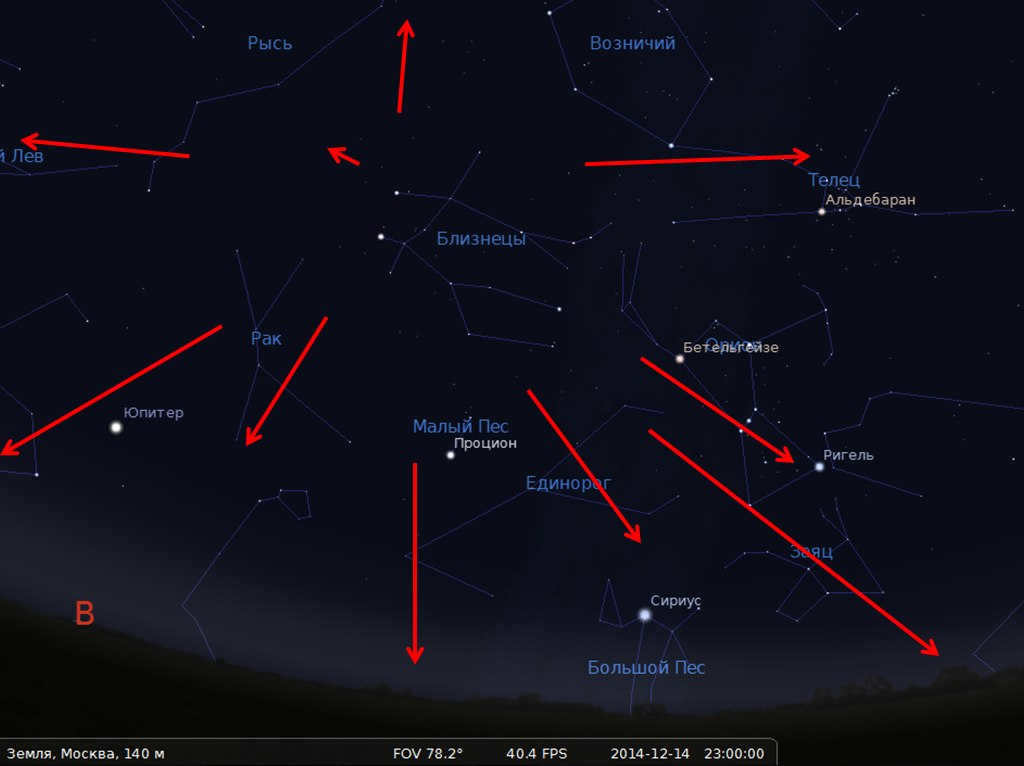

Radiant – an area of the celestial sphere that appears to be the source of meteors.
The meteor stream may take its name from the constellation in which it can be observed, or from the star it passes by (for example, Perseids). So far, astronomers have verified the existence of over 60 meteor streams, and there are more than 300 streams awaiting confirmation.
Although the occurrence of a meteor shower can be predicted and is periodic, it is important to note that not all meteor showers are periodic. The main distinction between a meteor shower and a meteor storm is that the former is caused by celestial bodies passing through the Earth’s atmosphere, while the latter is caused by celestial bodies actually making contact with the Earth’s surface. Therefore, it is impossible to witness the same meteor shower twice, as all the celestial bodies within the swarm either disintegrate in the atmosphere or crash onto the Earth’s surface.
It is important to mention that the phenomenon known as a “shooting star” can occur not only due to the friction between a celestial object and the Earth’s atmosphere. It is common knowledge that asteroids are dense objects, typically consisting of metals, carbon, or solid elements like silicon. On the other hand, comets are primarily composed of ice with traces of solid materials.
As the comet orbits around the Sun, when it gets closer to this hot object, it starts to partially melt. This leads to the formation of a glowing cloud of gas and dust (known as a coma) surrounding the comet, with a tail of volatile substances like water, methane, or nitrogen trailing behind it. It’s important to note that sublimation, the process in which matter transitions directly from a solid to a gas without going through the liquid phase, is responsible for this tail formation. The tail and coma, both illuminated by the Sun, create the spectacle of a “shooting star” that can be observed in the sky. Interestingly, the comet’s tail is almost always oriented away from the Sun, allowing us to determine the Sun’s position in the hidden nighttime sky.
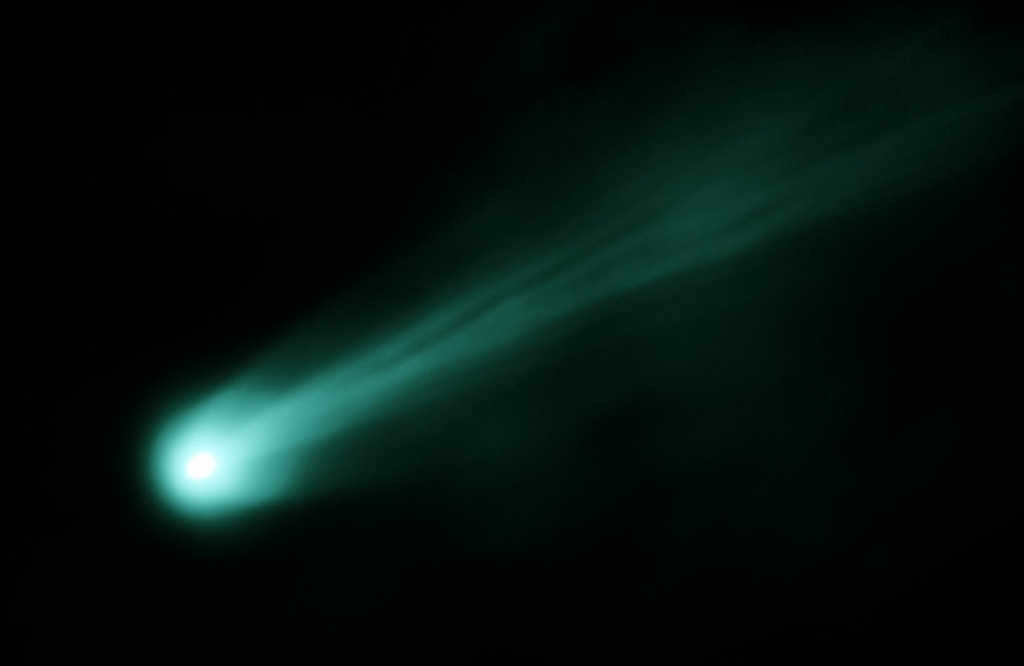
Aside from natural celestial objects, meteors can also be generated by various space debris orbiting the Earth.
List of meteor streams
Compilation of meteor streams
Overview of meteor streams
Exploring meteor streams
Enjoyed the post? Spread the word to your buddies!
This post was published on March 2, 2017
Author: Vladimir Soloviev
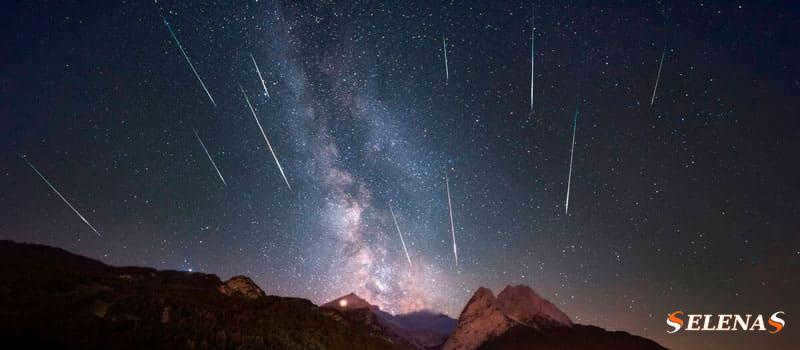
Today I am going to discuss meteor showers, including how they are formed and the history behind them.
Meteor showers are a source of excitement for stargazers each year, but have you ever wondered what causes these mesmerizing displays in the night sky?
A meteor shower happens when small particles of dust, known as meteoroids, originating from asteroids or comets, enter the Earth’s atmosphere at extremely high velocities.
As these meteoroids travel through the atmosphere, they encounter air particles, resulting in friction and the generation of heat.
This heat causes the majority of meteoroids to vaporize, leading to the creation of luminous streaks of light commonly referred to as shooting stars.
The Earth is constantly bombarded by dust and particles from various directions, sometimes resulting in individual meteors.
Additionally, there are periodic occurrences known as “meteor showers,” during which astronomers can make more precise forecasts regarding the number and trajectory of meteors that will enter Earth’s atmosphere.
The success or failure of meteor showers can vary greatly depending on the location of the particle trail in a given year.
Furthermore, the visibility of a meteor shower can be influenced by the presence of the moon. A full moon, for example, can obscure fainter meteors, whereas a new moon offers dark skies that are perfect for those in search of shooting stars.
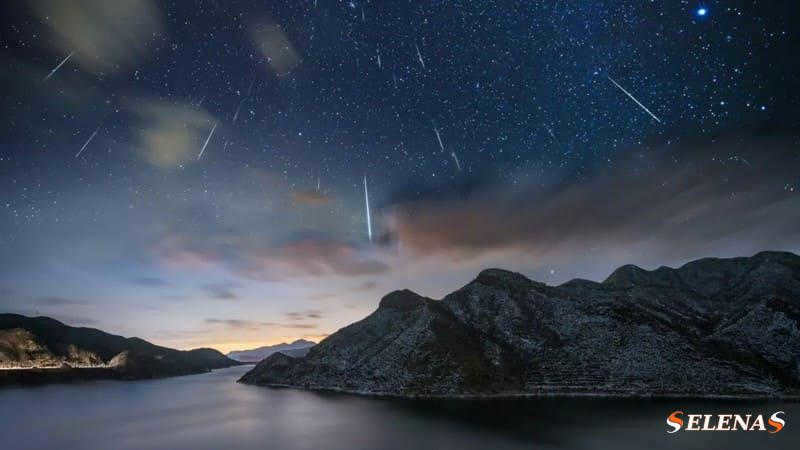

Characteristics of Meteors
Most meteors become visible when they are approximately 60 miles (96.5 kilometers) above the Earth’s surface.
Some larger meteors can shine even brighter than Venus and can be seen during daylight hours. They can also produce sound waves that can be heard up to 30 miles (48 kilometers) away.
We refer to these meteors as “fireballs.”
On average, meteors can travel through the Earth’s atmosphere at a speed of about 30,000 miles per hour (48,280 kilometers per hour) and can reach temperatures as high as 3,000 degrees Fahrenheit (1,648 degrees Celsius).
Most meteors, including those as tiny as a grain of sand, break apart in the air.
On the other hand, the few larger meteors that manage to survive the journey through the atmosphere and make it to the Earth’s surface are referred to as meteorites.
Interestingly, scientists and NASA estimate that approximately 48.5 tons (44,000 kilograms) of meteoric material arrive on Earth on a daily basis.
The destruction of a meteor depends on factors such as its composition, speed, and angle of entry.
A meteor that is faster and enters the atmosphere at an oblique angle experiences more stress.
Meteors composed of iron are generally more resistant to stress compared to those made of stone.
Even an iron meteor typically disintegrates when the atmosphere becomes denser at an altitude of 8 to 11 kilometers.
Yearly meteor streams
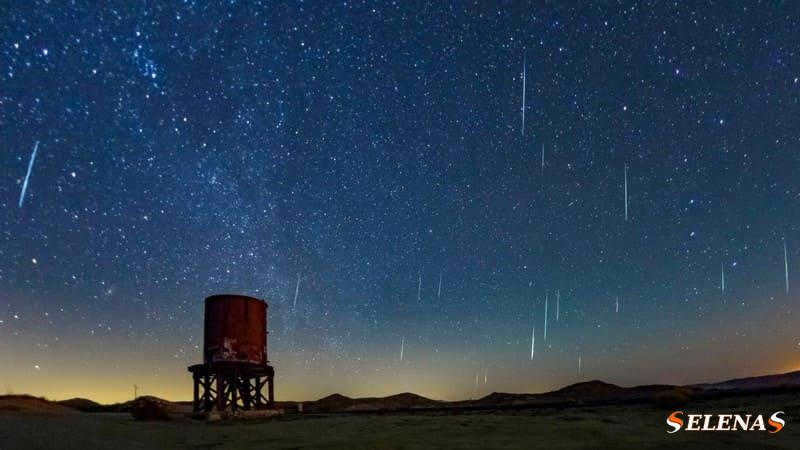
Above the Dos Cabezas Siding in Anza-Borrego Desert State Park, California, USA, the Geminid meteor shower was captured streaking across the starry sky.
Individual meteors falling to Earth are often observed.
However, during certain periods of the year, the sky can be illuminated by dozens or even hundreds of meteors in a breathtaking meteor shower.
These showers appear to originate from a specific part of the sky, which is known as the radiant, and then spread out in all directions.
A meteor shower is named after the constellation from which the stream of meteors seems to originate.
For instance, the Orionids appear to come from the prominent constellation Orion, while the Perseid meteors appear to come from the constellation Perseus.
There are multiple annual occurrences of meteor streams that astronomers and amateur observers eagerly anticipate.
To determine which meteor showers you can witness and when, take a look at our comprehensive guide to meteor shower observation.
Leonids: the most vibrant and awe-inspiring meteor shower is the Leonids, which has the potential to create a meteor storm that, at its peak, showers the sky with thousands of meteors every minute.
In fact, the term “meteor shower” was coined after astronomers observed one of the most breathtaking displays of the Leonids in 1833.
Leonids are visible every November, but the most spectacular shower event occurs approximately every 33 years, with the most recent shower illuminating the Earth’s sky in 2002.
It is not expected to occur again until 2028.
The Perseid meteor shower is another celestial event that is worth staying awake for. This shower is associated with the Swift-Tuttle comet, which takes 133 years to complete its orbit around the Sun. Every August, Earth passes through the orbit of this comet.
While not as active as the Leonids, the Perseids are still the most observed meteor stream of the year. They reach their peak on August 12, with a rate of over 60 meteors per minute.
The Orionid meteor shower, on the other hand, is caused by Halley’s Comet, which orbits the Sun every 75-76 years. This shower occurs every October and can last for a week. During its peak, patient observers can see 50 to 70 shooting stars per hour.
The debris enters the Earth’s atmosphere in early January and provides astronomers and other observers with a brief opportunity to witness it.
The Geminid meteor shower, similar to the Quadrantids, is also formed from dust particles from an asteroid, in this case a near-Earth asteroid known as “3200 Phaeton.”
Most meteor streams originate from comets, so the Quadrantids and Geminids stand out by having an asteroid as their parent.
The Geminids take place in December and produce up to 40 meteors per hour from the constellation Gemini at their peak.
Other meteor streams to keep an eye out for are the Eta Aquarids, which are also remnants of Halley’s Comet and occur in May, and the Lyrids, which have been observed for over 2,000 years and occur in late April.
Tips on how to watch a meteor shower
Residents of the Northern Hemisphere have the advantage when it comes to observing the most stunning meteor showers.
For instance, North America is situated directly beneath the portion of the sky where the January Quadrantid stream is visible.
A strong moonlight can hinder the chances of witnessing a spectacular meteor shower, as it tends to overpower all but the most luminous meteors.
Moreover, light pollution from nearby urban areas also diminishes the visibility, making rural locations the ideal spots for meteor shower viewing.
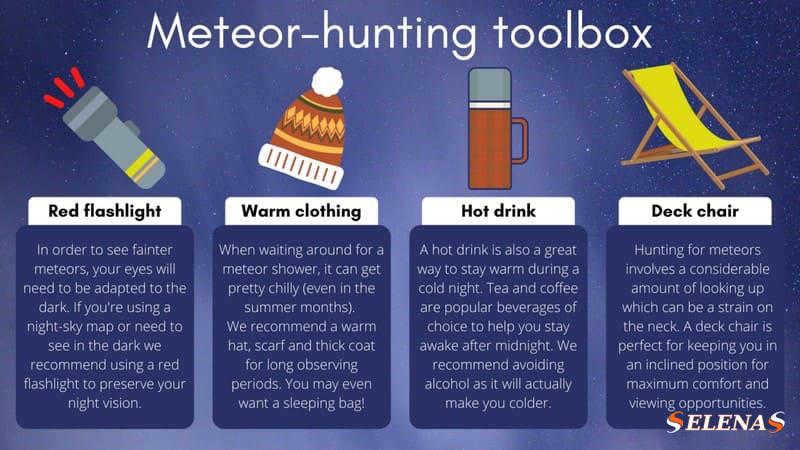
For the optimal viewing experience of a meteor shower, it is recommended to find the darkest location possible, recline in a comfortable chair, and unwind.
The most ideal time to observe most meteor showers is in the early morning hours, when the part of the Earth you are positioned on is facing the direction of Earth’s orbit.
Conversely, meteors are less commonly seen during the late evening hours.
A meteor shower can be witnessed at various times throughout the year, depending on when Earth crosses the path of a comet or asteroid.
Some meteor streams occur annually, while others are only visible for a few years, and the most remarkable events – meteor storms – only occur once or twice in a lifetime.
Inclement weather can also obstruct the visibility of meteor showers.
Unobstructed skies are a blessing for stargazers, making meteor showers during the summer months more anticipated than those occurring in the winter.
The Historical Significance of Meteors
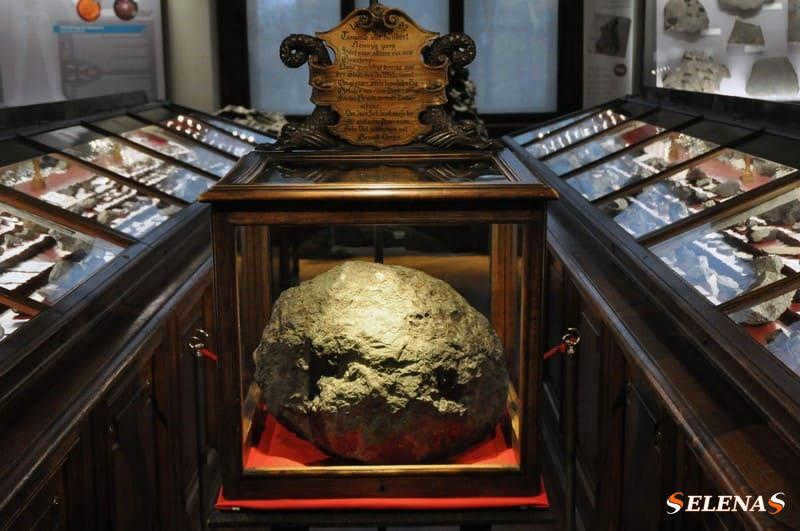
The Ensisheim Thunderstone is a well-known example of a stone meteorite that descended to Earth on November 7, 1492, during a thunderstorm, leading to its name “Thunderstone.” This image captures the Ensisheim meteorite during a press conference and exhibition preview at the Natural History Museum in Vienna, Austria on November 15, 2013.
In ancient times, celestial objects were regarded with superstition and connected to gods and religious beliefs.
However, misunderstandings regarding meteors have persisted longer than those surrounding other celestial bodies.
Some individuals believed that the deities were demonstrating their displeasure.
As recently as the 17th century, many were convinced that they descended during a thunderstorm (they were affectionately referred to as “thunderstones”).
“The Ensisheim Thunderstone” serves as a well-known instance of a stone meteorite that descended to Earth on November 7, 1492, making it the oldest recorded and still existing meteorite in Europe, as stated by Forbes.
Numerous scientists were doubtful that rocks could plummet from clouds or the sky, and frequently they simply did not believe the accounts of individuals who asserted to have witnessed such phenomena.
In 1807, a fireball erupted over Connecticut and a number of meteorites struck the ground, according to the New England Historical Society.
By that time, the first group of asteroids had already been discovered, and a new hypothesis emerged suggesting that meteorites were fragments of asteroids or other planets.
This is a concept that remains valid.
Effect on the Earth
When meteorites descend to the Earth, their speed is approximately half of what it was upon entry, and they create craters that are 12 to 20 times larger than their own size.
Craters take shape on the Earth in a similar manner to how they form on the Moon or any other rocky planet.
More forceful impacts cause a rebound effect that produces a central peak – the movement along the edges leads to the formation of terraces.
The most significant impacts give rise to basins where multiple bounces result in the formation of various inner peaks.
The largest meteorite discovered in the United States fell into a wheat field in southern Nebraska on February 18, 1948.
According to Meteorite Recon, witnesses observed the enormous fireball in the afternoon, accompanied by a roaring noise resembling that of a jet engine.
The meteorite was discovered buried 10 feet (3 meters) beneath the surface.
Its weight was recorded at 2,360 pounds (1,070 kilograms).
Regrettably, the most well-known meteorite crater in the United States is commonly referred to as Meteorite Crater or Barringer Crater, and it can be found in Arizona.
According to the Lunar and Planetary Institute, this crater formed relatively recently (in geological terms) approximately 50,000 years ago when a colossal iron meteorite, measuring anywhere from 98 feet (30 meters) to 164 feet (50 meters) in diameter, collided with the Colorado Plateau in northern Arizona.
Significant damage can occur as a result of large meteors exploding above the Earth’s surface, leading to subsequent fires.
A well-known example of this occurred during the Tunguska event in 1908 over Siberia.
Witnesses observed a fireball streaking through the sky on June 30, 1908, indicating that the meteor entered the atmosphere at an inclined angle.
Upon impact, it detonated, resulting in scorching gusts of wind, deafening noises, and tremors that shattered windows in nearby villages.
The tiny particles ejected into the atmosphere illuminated the night sky for several days.
Despite extensive searches, the meteorite was never located, leading many scientists to initially believe that a comet was responsible for the devastation.
The prevailing hypothesis now suggests that a meteorite detonated just above the Earth’s surface.
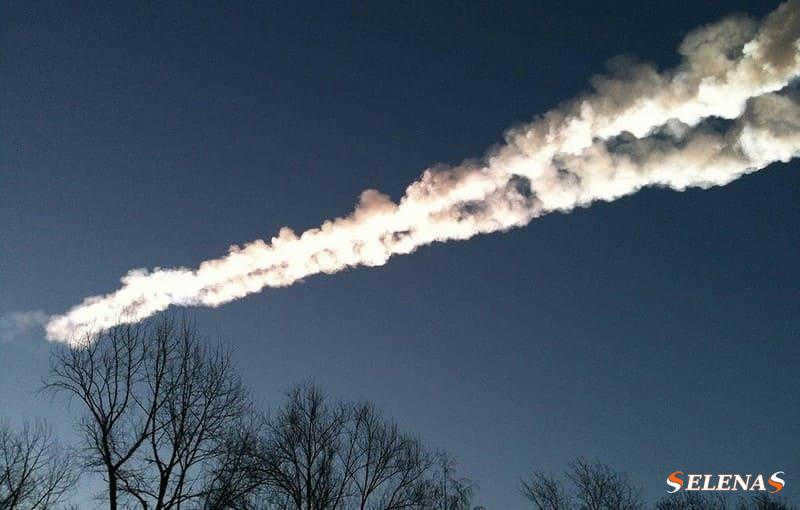

On February 15, 2013, a small asteroid detonated above the city of Chelyabinsk in Russia. This image exhibits the fireball formed by the asteroid as it streaked through the atmosphere.
A comparable incident transpired above Chelyabinsk, Russia, on February 15, 2013, when a 17-meter rock detonated 12-15 miles above the Earth’s surface, causing damage to structures and causing over 1,000 people to sustain injuries.
Peter Brown from the University of Western Ontario in Canada states that “the explosion that occurred had an energy output exceeding 470 kilotons in TNT equivalent” – a magnitude 30 to 40 times more powerful than the atomic bomb that was dropped on Hiroshima, Japan during World War II.
Although the incident in Russia has raised concerns about the potential danger that Earth may face from space rocks, the majority of meteorites do not cause significant damage.
Nonetheless, organizations such as NASA closely monitor all asteroids visible from Earth and actively engage in the detection of as many as possible – particularly those that are larger and pose a greater (theoretical) threat to our planet.
Asteroid orbits are meticulously mapped and tracked to determine if they will intersect with Earth in the future.
Although no immediate threatening objects have been discovered, NASA is continuing its search and publicly sharing the findings in the Small Bodies Database Observer.
Dates of Meteor Showers
- Southern Hemisphere: October 10-11
- Northern Hemisphere: November 12-13
- Southern Hemisphere: September 10-November 20
- Northern Hemisphere: October 20-December 10
If you still have any questions or would like to leave a comment on this article, please do so in the comments section below.
Looking forward to seeing you soon! Feel free to join us!

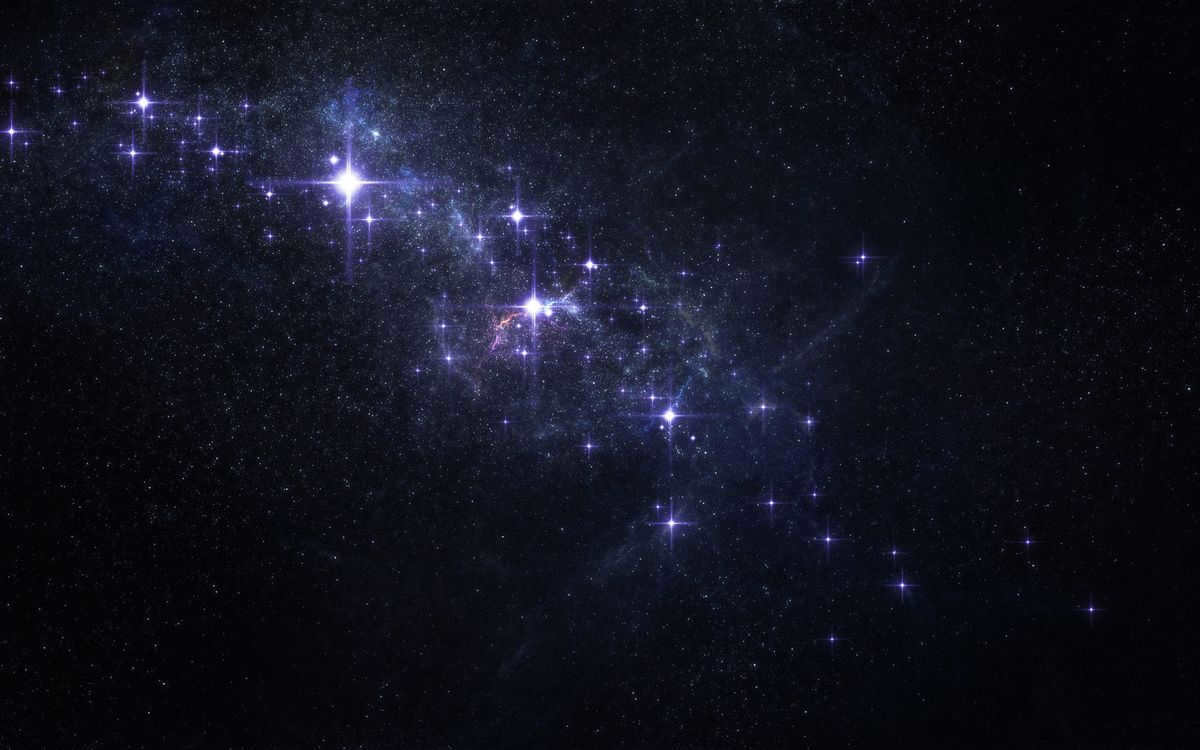
Outer space
Direct your gaze upward, and you’ll encounter the vast expanse known as outer space. Shift your focus downward, and you’ll find yourself standing on solid ground or the floor beneath your feet. We frequently use the words “up” and “down” in our daily conversations without giving much thought to their significance. We casually remark, “What goes up must come down.” Take, for instance, a ball that soars upward into the sky only to descend back to the ground. However, when we observe the night sky, we notice numerous stars suspended above us. How is it that these stars, much like the ball, do not simply plummet back down to Earth?
What does it mean to be a top or a bottom?
Hold on a moment! Are the terms “up” and “down” truly representative of their conventional meanings? When we journey to the South Pole, to Antarctica, we don’t have to walk on our heads. No matter where we venture on this planet, there will always be the sky above and the firm ground below our feet.
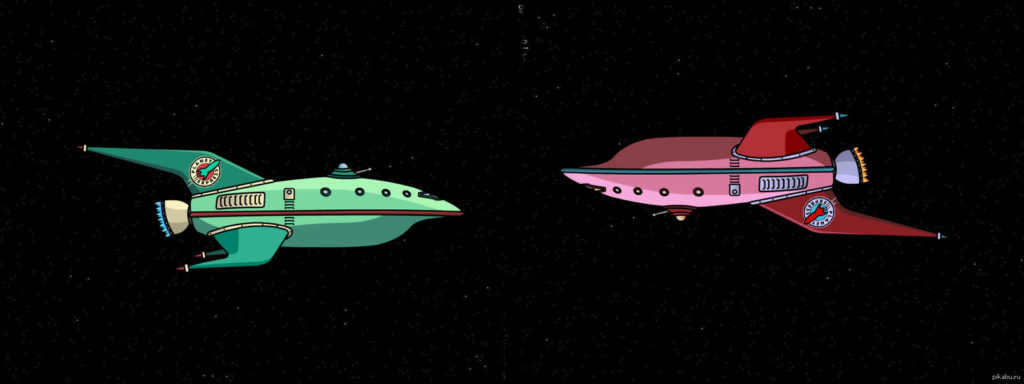
The force of gravity determines what we refer to as “down.” When objects are pulled towards the ground, we label this as “the bottom” because they are being attracted by the gravity beneath our feet. However, when we are in a spaceship away from Earth, the concepts of “top” and “bottom” lose their significance. In space travel, there exists only the vast expanse of empty space between planets and stars. Falling or “flying” stars are actually meteorites, which are fragments of rock or ice drawn from space to Earth by the pull of its gravity.
The concepts of space, gravity, and the direction of up and down.

In the absence of gravity in space, it becomes impossible to discern the location of the top and bottom. Due to the lack of gravitational forces, astronauts find themselves unable to determine the placement of the top and bottom. They are able to navigate the spaceship by walking on either the ceiling or the floor, without experiencing any perceptible distinction: the notions of “top” and “bottom” only hold relevance when we are oriented within a gravitational field. Once gravity diminishes or ceases to exist, the concepts of “top” and “bottom” lose all meaning.
However, everything undergoes a transformation upon the spacecraft’s touchdown. The presence of Earth’s gravitational pull becomes evident. As the spaceship nears Earth, the astronaut quickly regains their sense of orientation, knowing instinctively which direction is up and which is down. Each celestial body, whether planet or star, exerts a gravitational force. The immense gravitational pull is what keeps the nine planets of our solar system, including Earth, in their respective orbits around the sun.
Why don’t stars plummet?
The celestial bodies that dot the night sky are situated trillions upon trillions of kilometers away from our planet. Due to the vast distance, the gravitational pull between these stars and the Earth is practically nonexistent. However, if by some chance these stars were to come within proximity of our planet, it would be the Earth that would succumb to their immense gravitational force and fall towards them, rather than the stars falling towards us. Thus, it is unfortunate to report that stars do not, and will not, descend upon the Earth. Only meteorites, which are fragments of rock or ice that are often mistaken for stars, have the ability to fall to our planet. Although this misconception may be romantic, it is indeed incorrect.
If you come across an error, kindly mark the text and click Ctrl+Enter.
Whenever we spot a shooting star, we instantly make a wish. However, do stars genuinely plummet? And what would occur if they did? Is such an occurrence feasible in zero gravity?
In reality, this is merely a picturesque expression that does not accurately depict the truth. In such instances, what we witness is an optical phenomenon brought about by meteor streams entering the atmosphere. The occurrence is most frequently observable between August 12 and 14 annually in the northern regions of our country. The meteor stream is referred to as the Perseid.
What is the cause of this phenomenon?
Is it true that stars fall from the sky? No, what we witness in the celestial sphere are simply meteoroids, asteroids, and other celestial objects disintegrating as they enter the Earth’s atmosphere. Meteoroids that withstand the atmospheric entry and make it to the Earth’s surface are known as meteorites. The visible trails left by these objects can be observed for a brief period of time, ranging from a few seconds to several minutes.
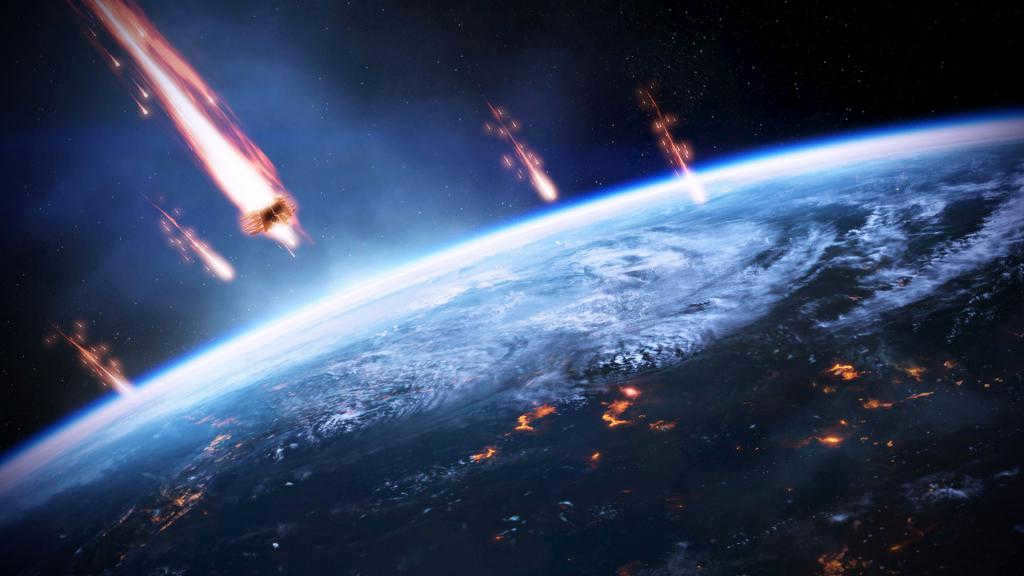
On the contrary, comets revolve around the Sun and create a trail of debris that eventually comes together and forms meteor streams. It is during the Earth’s intersection with these streams that the phenomenon known as “stargazing” takes place.
What are stars?
Stars are celestial bodies composed of light and gas. Among them, the Sun is the closest star to Earth. However, other celestial objects are positioned at significant distances from us. Consequently, when we cast our gazes towards the heavens, we behold diminutive, luminous specks. By comparing the sizes of Earth and the Sun, we realize that our planet is akin to a minuscule mote of dust in relation to the Sun’s colossal diameter of 696,342 thousand kilometers (approximation – 65 kilometers). In contrast, the Earth is merely 12,742 kilometers in diameter. Do stars genuinely descend from the sky? Pondering the consequences of the Sun plummeting onto Earth is an arduous task, as it would rapidly incinerate our planet in a matter of moments.
Meteoroids are solid objects, which can consist of rock, ice, or metal. Typically, when these celestial bodies reach the Earth, they are already reduced in size to resemble peas, although there are also larger ones. They are often observable in the sky from our planet.
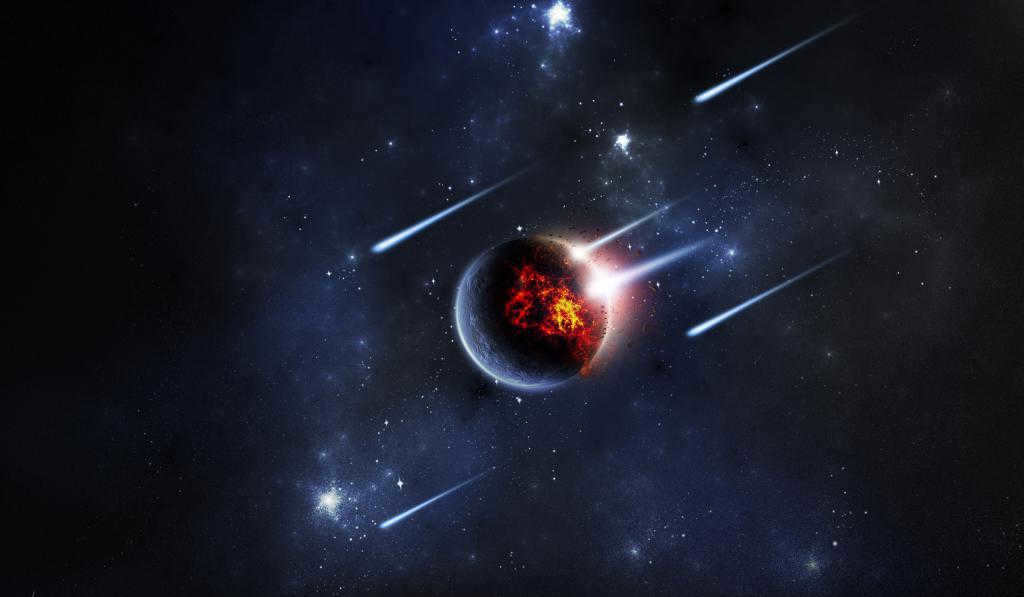
Astroids, which are generally large in size and composed of rock, originate from the orbits of Jupiter or Mars, and make their way into the orbits of Earth and the Sun.
Comets, on the other hand, are icy bodies that may contain a variety of chemical compounds such as ammonia and methane. These objects are typically surrounded by a cloud-like shell known as a “coma”. As a comet approaches the orbit of the Sun, it develops a distinctive “tail”.
What causes the glowing trail when space objects fall?
Do stars plummet towards the Earth? As we already know, the answer is no. However, why do space objects emit a bright light as they descend? It’s actually quite simple: when a space object, whether it be a meteorite made of metal or stone, enters the Earth’s atmosphere, it experiences intense friction, causing it to heat up to high temperatures. This is also the reason why spaceships are equipped with special heat-resistant coatings, to prevent both the vehicle and its occupants from burning up. Larger comets, on the other hand, may not completely disintegrate in the atmosphere and can make it all the way to the Earth’s surface.
The most well-known incidents of meteorite falls
Do stars descend from the heavens? No. However, meteorites do. Here are some of the most fascinating occurrences of falling celestial objects:
- In 1908, a meteorite descended near the Podkamennaya River, subsequently dubbed the Tunguska meteorite. Despite numerous expeditions, the actual meteorite was not discovered; only minuscule magnetite and silicate balls were found. The explosion’s force exceeded 50 megatons, causing massive trees to be uprooted across an area of approximately 2,000 square kilometers.
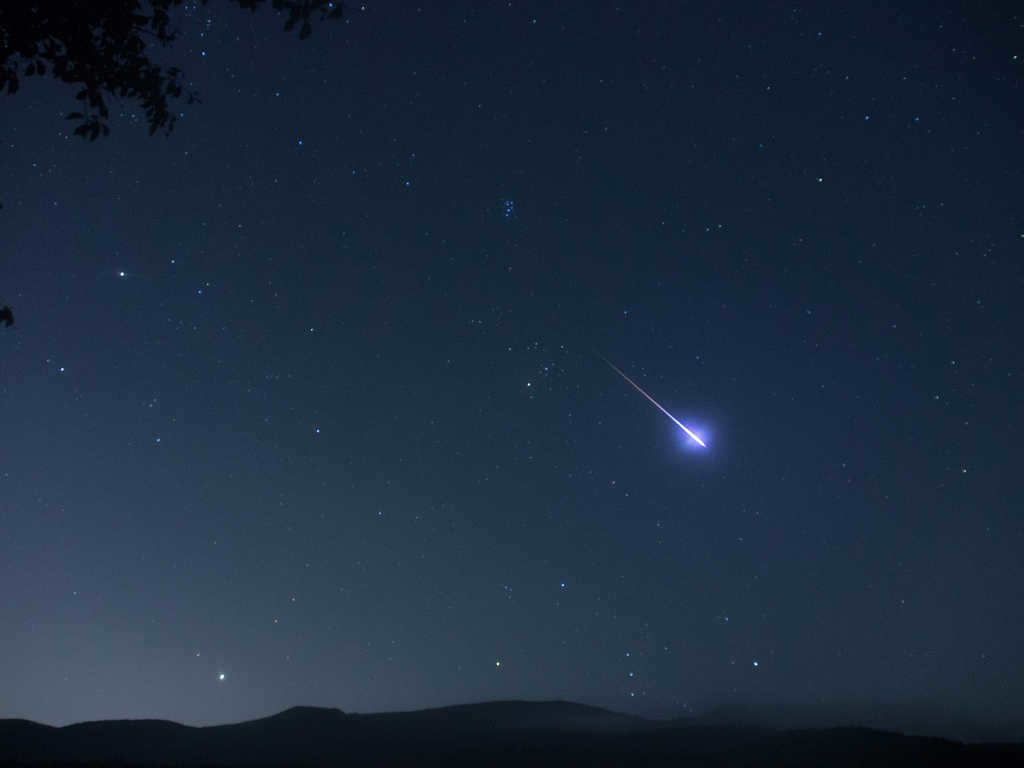
- In 1922, residents of Astrakhan province witnessed the descent of a massive stone, which was followed by a meteor shower. The remnants of celestial objects were only discovered 50 years later, within a 25-kilometer radius of the presumed meteorite impact site. A total of 82 chondritic objects were found, with the largest weighing 284 kilograms and the smallest weighing 50 grams.
- Namibia is home to the Goba meteorite, the largest space object on Earth. This remarkable phenomenon is a 60-ton block composed mainly of nickel and iron, with a small amount of cobalt. However, only dinosaurs had the privilege of witnessing such a unique event, and they likely never pondered the question of falling stars.
- In 1947, a meteor shower occurred in the village of Beitsukh in the Primorsky Krai of the Russian Federation, resulting in the formation of multiple craters across an area spanning approximately 35 square kilometers. The largest fragment from this event weighs 23 tons.
- Back in 1696, a massive meteorite weighing 5 tons plummeted down in Chihuahua, Mexico. This celestial object has since become the most extensively studied extraterrestrial entity on Earth. Notably, it contains a unique mineral named pangite, which cannot be found naturally on our planet.

Even from Earth, one can observe evidence of meteorite impacts on the Moon in the form of well-known craters. Similarly, our own planet also bears the scars of such impacts, although they may be hidden beneath the depths of the ocean, buried under layers of volcanic ash, or eroded away over millions of years.
Whether stars descend to the Earth or not, there are moments when you desire to make a wish. When it comes to individual celestial objects, it is impossible to anticipate their descent. However, larger streams can be predicted, particularly considering the fact that it has been definitively established that such phenomena occur on a regular basis.
The most consistently occurring annual stream of celestial bodies is known as the Perseids. This phenomenon takes place in the month of August, typically from the 12th to the 14th of the month. It is linked to the approach of the Swift-Tuttle comet. Although this celestial body only approaches our planet once every 135 years, the trail of dust from the comet can be seen on Earth every year. Some particles manage to enter the Earth’s atmosphere.
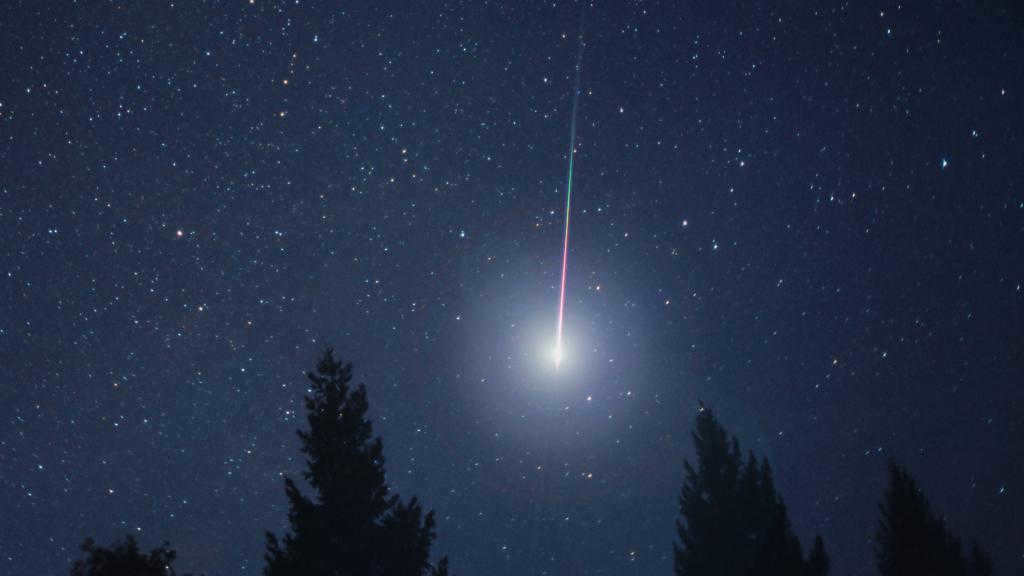

2018 Forecast
- During the period of July 28-30, there will be a spectacular display of Aquaridae near the constellation of Aquarius.
- The Arietida starfall, which lasts from May 20 to July 2, will reach its peak on June 7 and 8. To witness this phenomenon, wake up at sunrise and observe for 30 minutes.
- From October 8 to 10, residents of the Northern Hemisphere will have the chance to witness the Draconids meteor shower. This “rain of stars” can be seen at night, with an average of 15 meteors falling per hour.

